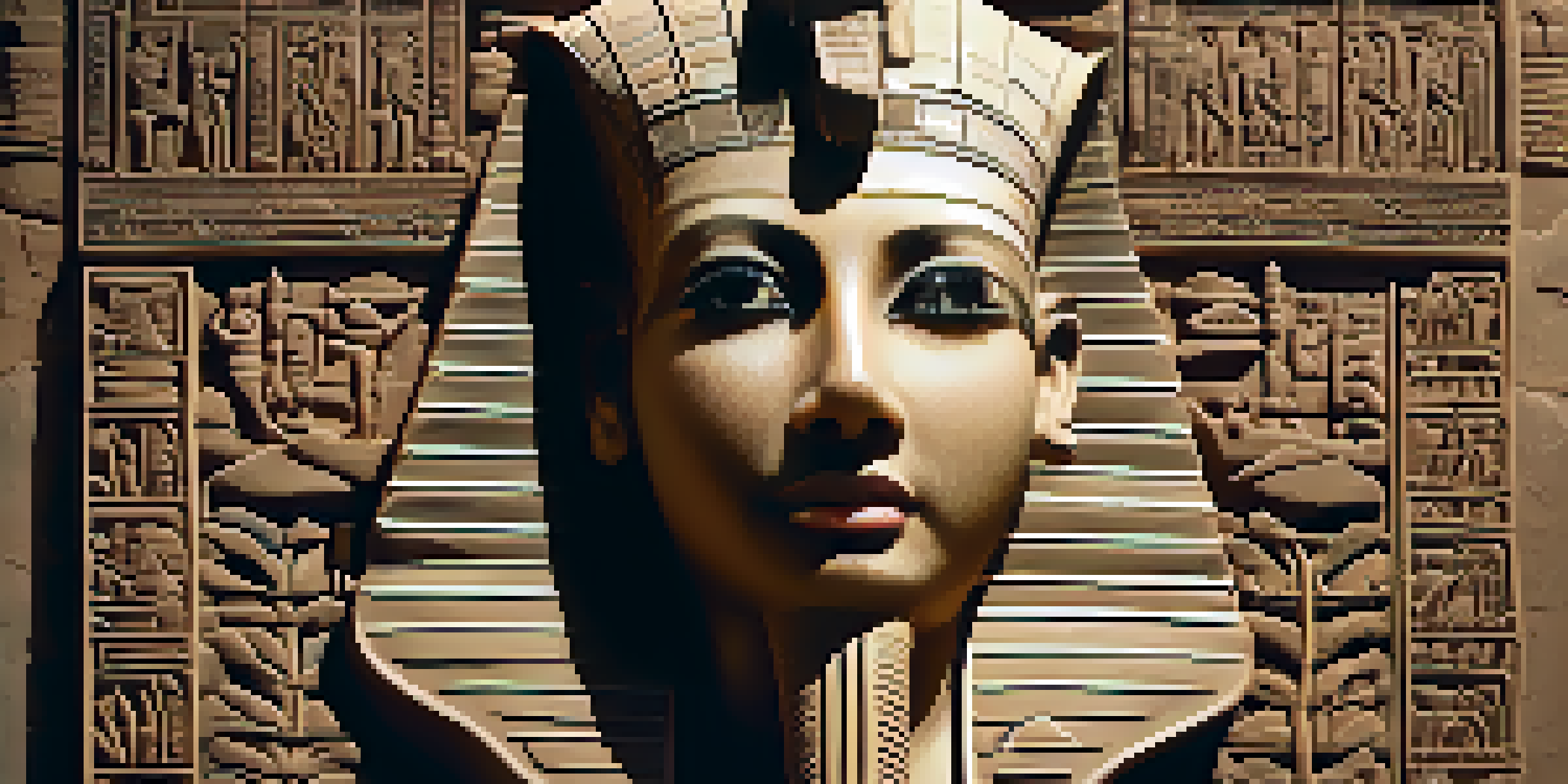The Evolution of Carving Techniques in Public Art Displays

Ancient Origins: The Beginnings of Carving in Art
Carving has been a fundamental artistic expression since ancient times, with cultures around the globe using this technique to create meaningful sculptures. From the intricate stone carvings of ancient Egypt to the wood totems of Indigenous cultures, early artists utilized local materials to convey stories and beliefs. These initial carvings served not only as decorative pieces but also as historical records, anchoring communities in their cultural narratives. The craftsmanship displayed in these early works laid the groundwork for future developments in public art displays.
The Renaissance: A Carving Revolution
The Renaissance marked a significant turning point in carving techniques, as artists began to explore human anatomy and perspective more deeply. This period saw the rise of renowned sculptors like Michelangelo, who pushed the boundaries of realism and expression in their works. Techniques such as chiaroscuro—using light and shadow to create depth—became prominent, allowing for more lifelike representations. Public art during this era began to reflect not just religious themes but also humanistic ideals, reinforcing art's role in society.
Carving: A Historical Journey
Carving has evolved from ancient cultural expressions to modern public art, reflecting societal changes throughout history.
The Industrial Age: Mechanization and Accessibility
With the advent of the Industrial Revolution, carving techniques underwent a transformation through mechanization. Tools like the steam-powered stone saw and pneumatic chisels made it easier to shape materials, allowing artists to create larger and more detailed works. This shift not only improved efficiency but also made public art more accessible, as communities could now commission larger sculptures for public spaces. The blending of traditional hand-carving with new technologies marked a pivotal evolution in the field.
Modernism: Abstract Expressions in Carving
The 20th century introduced modernism, which radically changed how artists approached carving. Artists began to experiment with abstract forms, moving away from traditional representations to explore conceptual ideas through their work. Public art became a medium for social commentary, with carved installations addressing contemporary issues. This shift allowed for greater personal expression and innovation, as artists sought to challenge viewers' perceptions and provoke thought.
Sustainability in Modern Carving
Today's artists prioritize eco-friendly practices, using reclaimed materials to foster environmental consciousness in their work.
Sustainability: Eco-Friendly Carving Practices
In recent years, the focus on sustainability has influenced carving techniques significantly. Many artists are now prioritizing eco-friendly materials and practices, opting for reclaimed wood and stone to reduce environmental impact. This trend not only reflects a growing awareness of ecological issues but also fosters a deeper connection between the artist and their materials. Public art displays that emphasize sustainability resonate with communities, encouraging dialogue about environmental stewardship.
Digital Innovations: Carving in the Age of Technology
The rise of digital technology has revolutionized carving techniques, introducing tools like CNC (computer numerical control) machines. These machines allow for precise cuts and intricate designs that would be challenging to achieve by hand. Artists are now able to combine traditional craftsmanship with digital design, leading to innovative sculptures that can be replicated or adjusted with ease. This fusion of technology and art opens up new possibilities for public displays, making them more dynamic and interactive.
Digital Tools Transform Carving
Digital innovations like CNC machines have revolutionized carving, blending traditional techniques with modern technology for new artistic possibilities.
Cultural Reflections: Carving as Community Identity
Carving techniques in public art have become a powerful means of expressing community identity and cultural heritage. Many contemporary artists draw inspiration from their backgrounds, infusing their work with local traditions and stories. Public sculptures often serve as landmarks, celebrating the unique history and values of a community. By incorporating diverse perspectives, these carvings foster a sense of belonging and pride among residents.
The Future of Carving Techniques in Public Art
Looking ahead, the future of carving in public art displays seems promising, with ongoing experimentation and collaboration. Artists are likely to continue blending traditional methods with innovative techniques, creating dynamic works that engage and inspire. As communities evolve, so too will their artistic expressions, reflecting societal changes and advancements. The evolution of carving techniques will undoubtedly continue to shape the landscape of public art, inviting future generations to engage with and appreciate this timeless form of expression.